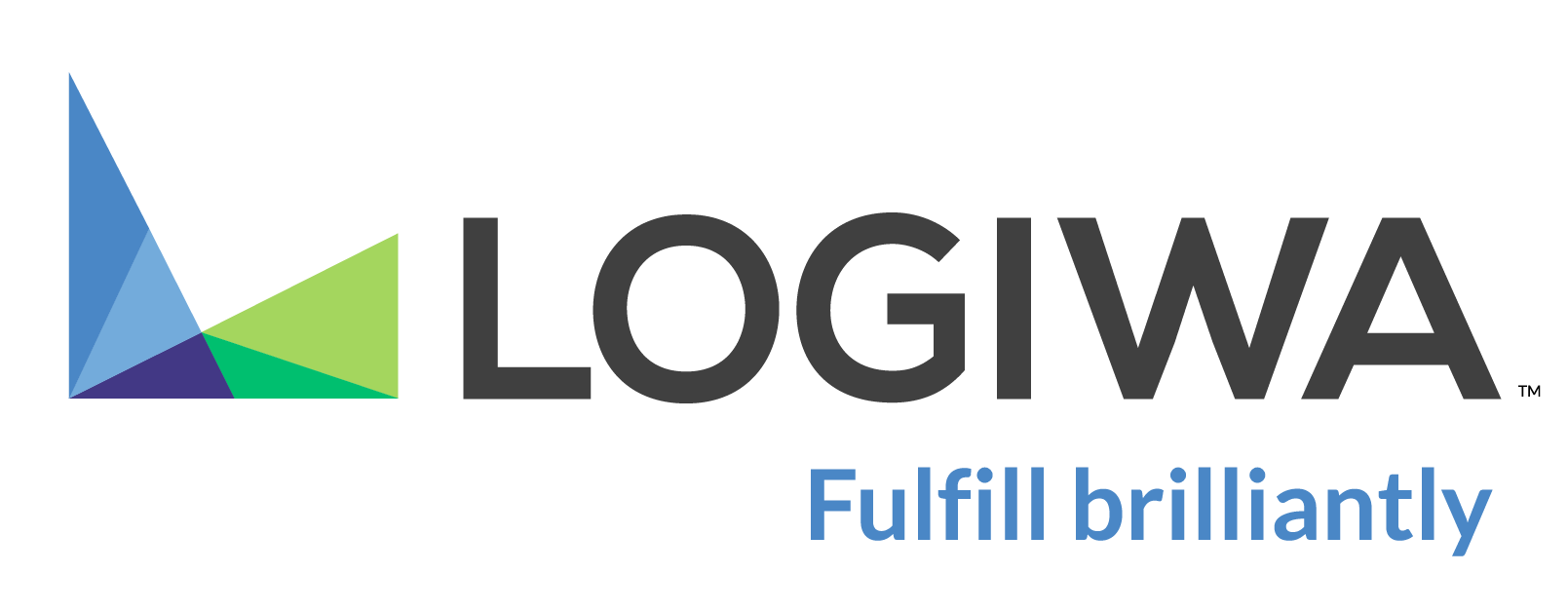If you’ve been looking for fulfillment management software, you may have come across ShipStation. A well-known ecommerce fulfillment software, ShipStation is a great fit for small, single-brand sellers. However, Logiwa IO—another popular choice—is best for high-volume, multi-warehouse 3PLs. Unlike ShipStation, Logiwa is specifically designed for scaling fulfillment networks.
This article directly compares Logiwa and ShipStation across the criteria that matter most to warehouse owners and 3PL operators: multi-warehouse support, inventory visibility and automation, client and integration management, and scalability. By the end of the article, you can see which platform aligns with your growth strategy.
Contents
What 3PLs need in fulfillment software
Modern 3PLs have radically different needs than solo ecommerce brands. Consider that 3PL owners need to juggle multiple warehouses, clients, and thousands of SKUs. As such, they need more than just a shipping app—they need a whole system that can orchestrate complexity and provide efficiency, automation, and flexibility at scale.
Here are the core capabilities every 3PL should expect from their fulfillment software.
Multi-warehouse support
3PLs usually run several warehouses, so visibility across all facilities is a must. Accordingly, the right fulfillment software centralizes visibility across distributed facilities. It should also be able to intelligently route orders based on geography, service-level agreements (SLAs), and client-specific rules.
Inventory visibility and automation
Thanks to ecommerce giants like Amazon and Temu, clients now expect real-time visibility into available inventory and order status.
Because spreadsheets and manual updates can’t keep pace, 3PLs need to adopt fulfillment software that provide live inventory visibility and automate key workflows such as picking, packing, and replenishment to minimize errors and maximize throughput.
Client and integration management
Growing 3PLs serve dozens—or even hundreds—of clients simultaneously.
As such, effective 3PL fulfillment software should be able to manage separate accounts, rules, and billing without creating administrative headaches. It should also seamlessly integrate with ecommerce platforms, ERPs, and carriers so data flows smoothly across the supply chain.
Scalability
The best fulfillment software doesn’t just meet today’s needs. It should also scale with tomorrow’s growth.
Whether you’re processing 1,000 or 100,000 orders a week, the system should deliver the same speed, accuracy, and reliability without bottlenecks. Additionally, it should support expansion into new clients, facilities, and service models so your business can scale without outgrowing its technology.
Unlock a personalized tour of Logiwa IO
Logiwa vs. ShipStation: Side-by-side feature comparison
Logiwa and ShipStation are two popular options for growing 3PLs. Here’s how they compare.
| Feature | ShipStation | Logiwa |
| Core Audience | Mainly small and multichannel ecommerce brands, but does have a 3PL add-on to support multiple clients/orders | Built expressly for 3PLs, omni-channel retailers, wholesalers, and high-volume operations |
| Multi-Warehouse Support | Limited; not designed natively for multi-warehouse networks; 3PL add-on handles multiple clients but isn’t true warehouse management software (WMS) network routing | Built-in network management with inventory invisibility and advanced routing rules |
| Inventory Management | Basic; better suited for shipping rather than full inventory controls across multiple facilities | Advanced WMS with real-time inventory visibility, barcode scanning, task automation, and AI-driven fulfillment workflows |
| Client Management | 3PL add-on allows multiple client accounts and order delegation, but primarily focused on client onboarding and order routing rather than full client-based billing/workflow segmentation | Robust multi-client management with custom billing, reporting, portals, and automation tailored per client |
| Automation | Rules-based shipping automation | End-to-end, AI-powered fulfillment automation across picking, packing, replenishment, and receiving, with workflow orchestration and optimization rules |
| Integrations | Strong ecommerce and carrier integrations; 3PL add-on lets clients send orders in, but isn’t WMS-level import/export across systems | Wide integrations—including ecommerce, ERP, carrier, robotics, accounting, and open API/EDI—for end-to-end logistics support |
| Scalability | Scales in shipping volume but lacks full fulfillment flexibility; optimized for SMBs | Cloud-native and optimized for high-volume, B2B2C operations, easily scaling with demand, clients, and peaks |
| Reporting | Basic dashboards, shipping reports, and batch activities | Advanced, real-time analytics and dashboards with custom KPIs, forecasting, labor, productivity, and performance tracking |
How each platform supports scale and complexity
ShipStation and Logiwa serve slightly different purposes. ShipStation was built to help small brands move faster, while Logiwa was designed to help 3PLs scale complex, multi-client networks. Here’s how each platform supports scale and complexity.
ShipStation
Users often describe ShipStation as shipping software rather than a full WMS. It’s great for small ecommerce companies that need to quickly print labels, compare carrier rates, and connect a Shopify store to mail carriers.
Although ShipStation offers a 3PL add-on that enables multiple client accounts, it’s not designed to handle complex 3PL workflows, such as multi-client billing, network-wide inventory optimization, and automation of warehouse operations. As such, operations managing more than a few thousand orders a month may quickly encounter bottlenecks.
Logiwa
Logiwa is WMS logistics software specifically designed for fulfillment providers. It scales with networks that operate multiple facilities, serve multiple clients, and run high-volume fulfillment.
Key features include:
- Multi-warehouse management to route orders across sites.
- Shipping and receiving software that seamlessly integrates with automation equipment and mobile devices.
- Real-time inventory control with barcode scanning and cycle counting.
- Configurable automation for order allocation, picking, and replenishment.
- Transparent client portals that give brands visibility and reduce support tickets.
Which platform fits your 3PL growth plan?
ShipStation and Logiwa are popular 3PL fulfillment software options for different crowds.
- ShipStation is a good fit if you’re a small online brand shipping out of a garage or single warehouse.
- Logiwa is more than just a ShipStation alternative. It’s a go-to fulfillment platform if you’re a 3PL, omni-channel retailer, or wholesaler with growth ambitions.
In sum, ShipStation is a solid starter tool. However, if your operation is growing beyond ShipStation’s limits, you should consider shifting to a system built for 3PLs. Logiwa, for example, combines WMS depth with ecommerce agility to help you scale without adding manual overhead.
Request a demo today to see how Logiwa can streamline your fulfillment network





